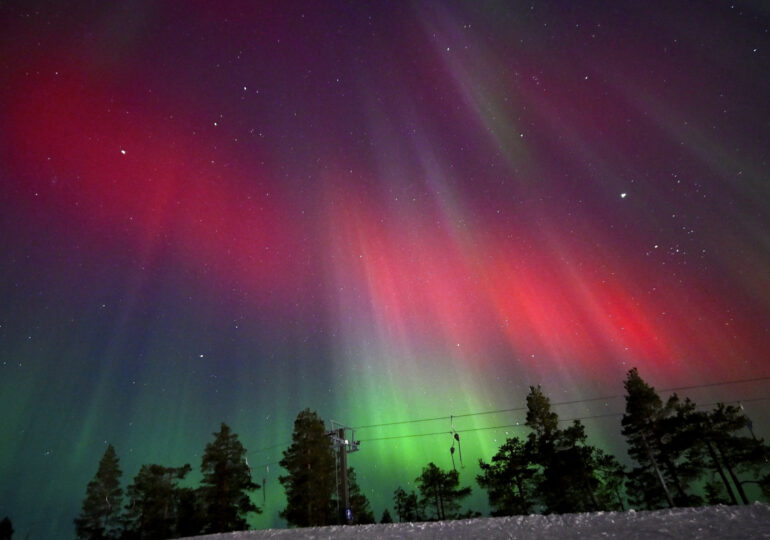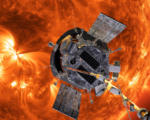NASA’s Atmospheric Waves Experiment Detects Gravity Waves Triggered by Hurricane Helene Over Florida

On September 26, 2024, as Hurricane Helene unleashed its fury on Florida’s Gulf Coast, NASA’s Atmospheric Waves Experiment (AWE) aboard the International Space Station (ISS) captured a remarkable atmospheric phenomenon. The storm, which produced intense storm surges and affected communities along the coast, created gravity waves high above the Earth’s surface, approximately 55 miles in altitude. These waves, a rare sight from space, were detected as part of NASA’s ongoing research into space weather and its interactions with Earth-bound systems such as satellites, communication networks, and other technological infrastructure.
The AWE instrument, which was launched in November 2023, is designed to observe the impact of terrestrial weather events on the upper atmosphere. As the ISS passed over the southeastern United States during the height of Hurricane Helene, the AWE detected large, concentric gravity waves caused by the extreme conditions below. The waves, which are visually represented in red, yellow, and blue hues, illustrate changes in radiance within Earth’s mesosphere, offering a striking depiction of how violent weather events can send shockwaves into the higher layers of the atmosphere. The color enhancements in the imagery highlight variations in infrared brightness, helping to track the waves as they stretched westward from northern Florida.
Gravity waves, which are essentially ripples in the atmosphere caused by disturbances such as strong winds or storms, have a significant role in both weather and space weather dynamics. According to Ludger Scherliess, the Principal Investigator for NASA’s AWE at Utah State University, these waves are similar to the ripples that form when a pebble is dropped into a pond. By studying these atmospheric disturbances, scientists can gain a deeper understanding of how terrestrial weather phenomena, like hurricanes, influence the broader atmospheric system, including conditions that can affect satellite operations and communication systems in space.
This discovery underscores the critical role of atmospheric studies in understanding the intricate relationship between weather on Earth and space weather. The data collected by NASA’s AWE could potentially provide valuable information for improving the resilience of space-based technology during extreme weather events, highlighting the interconnectedness of our planet’s weather systems and the technology that relies on them. As scientists continue to monitor these gravity waves, it could open new pathways for protecting both terrestrial and space-based infrastructure from the effects of powerful storms like Hurricane Helene.




















